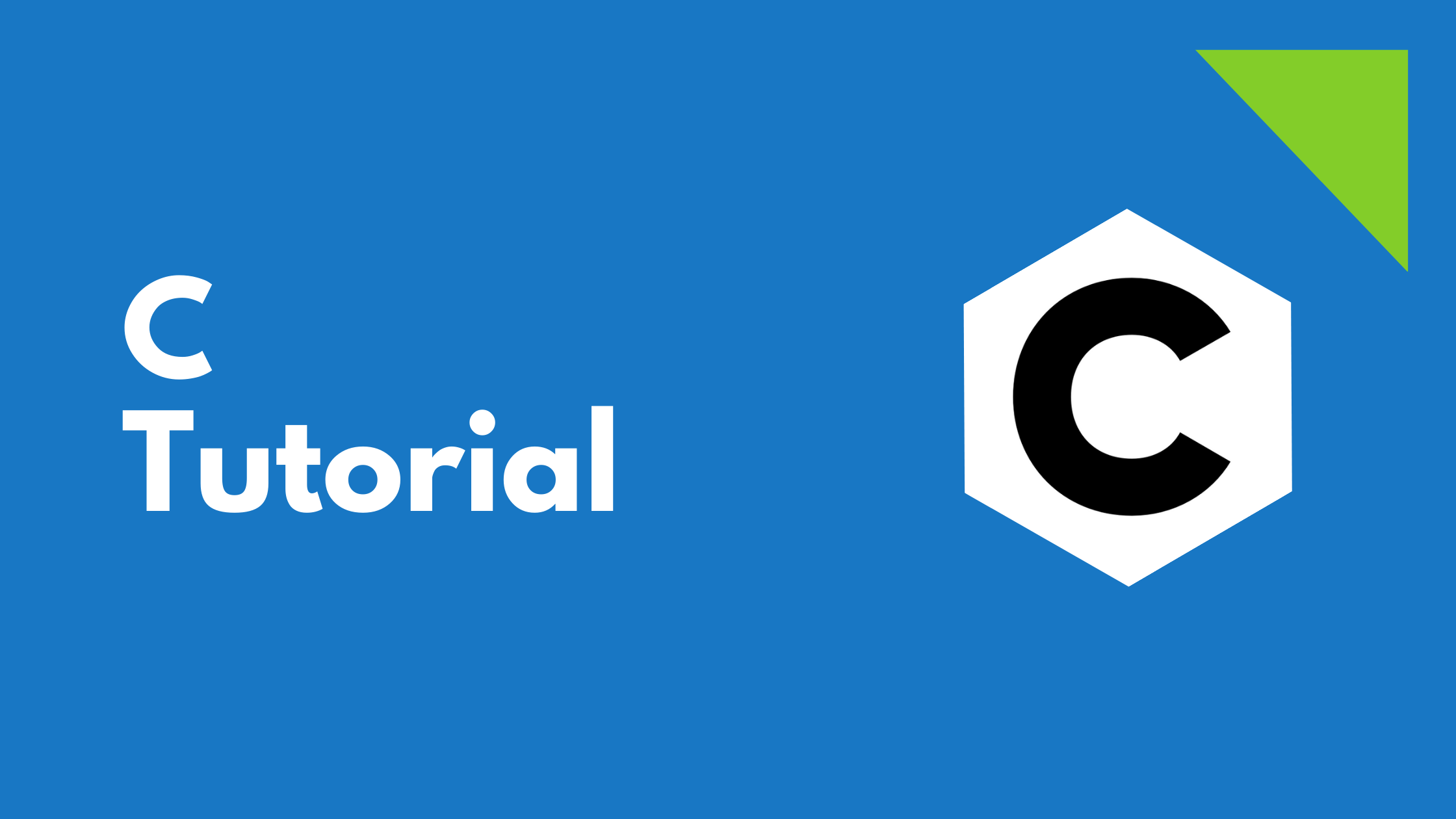Introduction
C Language is a general purpose programming language.
Dennis Ritchie developed C programming language in 1972 at AT&T Bell Laboratories. Competitors of C Language were PL/I, ALGOL, FORTRAN, PASCAL and APL etc.,
We use C programming language for developing operating systems and compilers, so it has the characteristics of a system programming language. But it is flexible enough to develop general purpose applications, so it has all the characteristics of high level language. Since it has the characteristics of a programming language that can be used to write system programs and as well as user applications, people call it a middle level language.
C programming language is strictly typed language, that means we need to define the type of data before we use it in our programs. C programming language provides data types for the purpose of storing characters, integers and floating-point numbers.
C programming language also provides the basic control structures for verification and repetition of same steps.
C allows you to split your programs into small routines called functions. Functions are reusable, they can return value of a particular data type to the caller function. C also allows you to group similar functions into a file, which you can use in other programs when you need anyone of those functions.
C is a single-threaded programming language. That means all of its programming constructs run one after the other, but not parallel.
C language is easy to learn, small and stable. One more indirect advantage of having a knowledge of C is that, you can easily learn other programming languages like C++, Java as they derived many of the programming constructs from C language.
In this tutorial, you will learn the all about C programming constructs. Declaring variables using its various data types. Checking conditions, selection of cases and repeating sequence of lines using its control structures. Storing group of similar values together in a special variable called as array. Accessing memory locations using pointers etc.,

